|
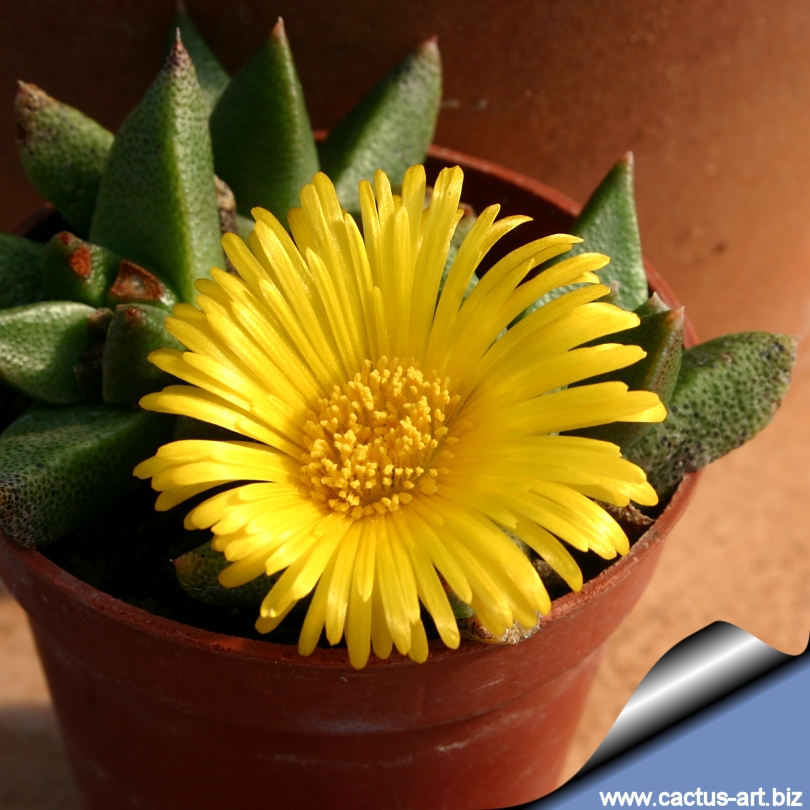
Rabiea albinota
Will form nice compact tuft, great for small pots.
|
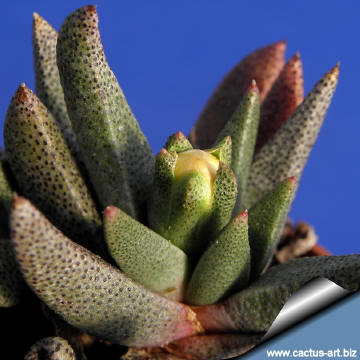 |
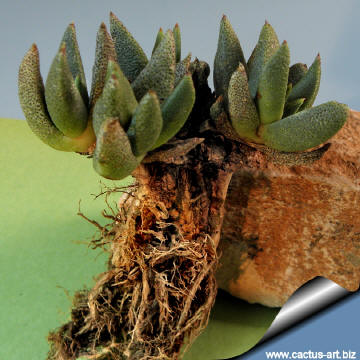 |
|
. |
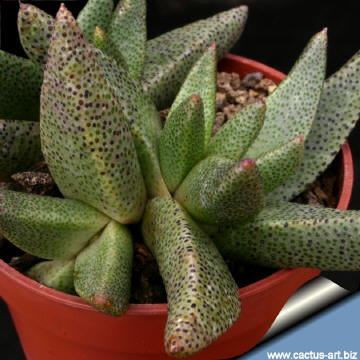 |
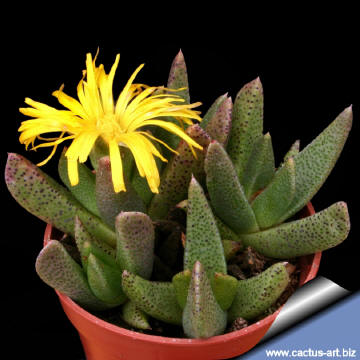 |
|
. |
|
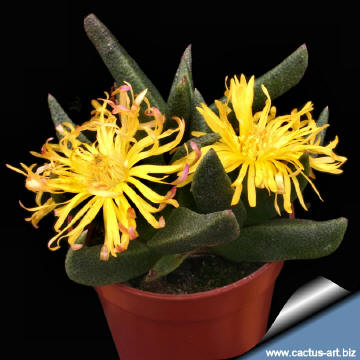 |
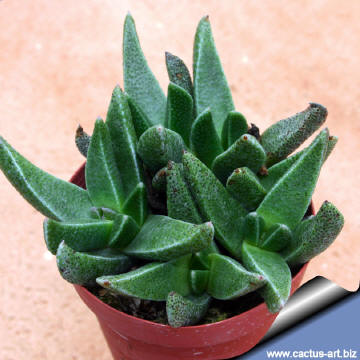 |
Rabiea is a strongly hardy plant recommended for beginners, can grow
outdoor in the rock garden and tolerates severe frost in winter.
|
|
Traditional uses: Rabiea albinota
is a mildly hallucinogenic plant with effects similar to those of
Sceletium. It is known by a number of south African tribesmen
(especially the Griquas) with the name "S'Keng-Keng"
. The Griquas were known to dry and pulverize the whole plant to use it
as a snuff, or to add it to tobacco and smoked to cause state of
euphoria.
Reported hallucinogenic effects have not been established under
laboratory conditions; however this attribute may be the result of
confusion between Sceletium and the similar looking genus
Rabiea. A chemical analysis of Rabiea albinota
has yet to be accomplished.
|
|
Advertising
|
|
|
|
|
Family: Mesebrianthemaceae (Aizoaceae)
Scientific name: Rabiea
albinota (Haw.) N.E.Br.
In: Gard. Chron. 89, 53 1931
Origin: Cape Province: Karroo, Free State. South
Africa.
Habitat: Dry
open places among rocks on slopes, often in crevices between stones,
rainfall mainly in summer (but not only). In fact the
plants in habitat shows different growth phases and their appearance can
change throughout the year and under different growing conditions. This
is one of the reasons why identification in the past proved to be
troublesome.
Ecology: The mechanism of
seed dispersal is through a higrochastic fruit and the seed is only
dispersed in the immediate environment, which results in local small
communities.
Synonyms:
- Mesebrianthemum albinotus Hawoth 1826
- Aloinopsis albinotus (Haw.) Schwantes
In: ZSK: 1926: 178
- Nananthus albinotus (Haw.) L.Bolus
In: S. Afr. Gard. and Country Life, 17, 399 1927
Etymology: The genus "Rabiea" has been
named in honour of the Rev. WA Rabie, Orange Free State, south
Africa.
The species name “albinota” comes from the Latěn 'albus',
white; and Latin 'nota', mark; for the white spotted leaf
surface.
|
|
|
|
Description: Dwarf,
multi-branching, mat-forming species wit compact Aloe-like succulent
rosettes of 4-5 cm pairs of leaves.
Stem: Almost stemless.
Roors: Deep, thick and fleshy. In the younger specimen is present
only a central tap-root while the older plants will develop a thick,
conspicuous, rhizome or rootstock.
Leaves: Dark green 40-50 mm long, 10-12 mm wide at the broader
part, very succulent, firm,
spreading diagonally at most (Often erected under dry conditions),
opposite, often slightly differing in size, sickle-shaped,
triangular in cross-section, upper surface broadening from the base to
above the middle, then tappering to a pointed, mucronate apex, the lower
leaf surface acinaciform from a brader base, with a distinkt keel,
epidermis with numerous tuberculate, prominent, white to dark-purplish
dots, often white margined.
Flowers: Daisy-like, yellow, solitary, opening in the afternoon,
4-4,5 cm in diameter, stamens yellow. Pedicel, short with basal
bracteoles.
Blooming season: Mainly from late winter through spring but it
may flowers occasionally all year round.
Fruit: Breaking off the short and fragile stalk when ripe, base
funnel to bell-shaped, top conical/rounded.
NOTE: Several species names are confused and partly redundant (R. albinota
for plants with thick low leaves, R. albipuncta for those
with thinner ± erect leaves) seem to cover most of the forms. Some wild
individuals of both species are densely covered with very striking white
spots. Among the several proposed varieties :
Rabiea albinota var. albinota
Rabiea albinota var. longipetala
Rabiea albinota var. microstigma
|
|
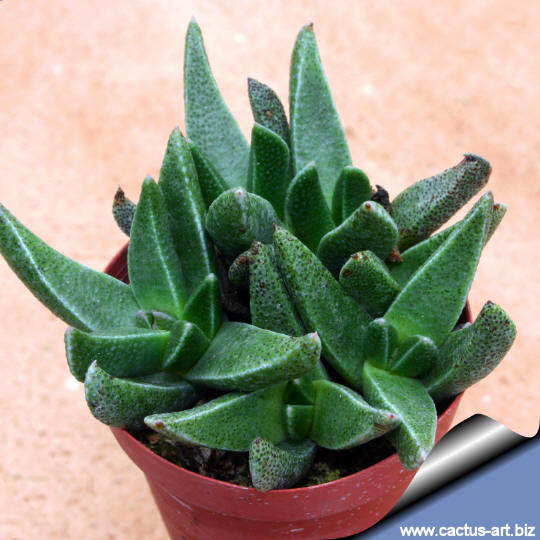
Cultivation: Rabiea are easy and
rewarding
plants than can be grown in pots or in the
rock-garden. They can be watered year-round,
water regularly from spring to Autumn but reduce watering frequency in
winter, growth period is early Spring to late Summer,
but is a very adaptable species that can grows opportunistically
whenever the water availability and growing condition are favourable. Keep
them cool, and half-shaded in summer,
need full sun or light shade on the other seasons. Potted rabieas
look best in a heavy soil and the same is true for plants in a rockery.
Requires good drainage.
Frost Tolerance: Very frost hardy and grows best where there are
cold winters (it is reported to be hardy to at least
-18° C if very dry). It is difficult to keep the leaves free of
scars and dead leaf-tips, but the abundant flowers hide them.
Propagation: Cuttings or (rarely) seeds
Remarks: R. albinota
has a gorgeous, thick root system and when it is potted up, the plant
can be progressively raised over the ground so that some of the roots
can be seen and is especially cultivated for their looks.
Architecturally it is a real stunner. When the "caudex" shape of the
raised roots is adequately in evidence this plant is incomparable. They
also tend to grow more "heads" when they are raised.


|
|